
Essentials for a Bug Out Bag (BOB)
Preparing for emergencies means making sure you have the right gear at the ready when disaster strikes. This week, we’re looking at the essentials for a Bug Out Bag, or BOB for short.
What is a BOB and When Would You Need One?
A Bug Out Bag (BOB) is a versatile and adaptive bag loaded with essentials that help you survive during emergencies when you need to relocate quickly. Think of it as a middle ground between a Get Home Bag, which is for shorter, less severe emergencies, and an INCH (I’m Never Coming Home) bag, which prepares you for long-term survival scenarios.
In simpler terms, when the “soft brown squishy stuff has struck the oscillating air mover” (SHTF), you need a BOB to get you safely from point A to your designated safe location.
The Bag Itself
Your BOB should have a capacity between 40-50 liters. While you might be tempted to fill every inch of the bag, resist the urge. A sturdy bag from brands like Maxpedition, 5.11, or SOG is essential to ensure it can carry your gear without falling apart.
The 5 Cs
Cutting Tools
Cutting tools are some of the most critical items in your BOB. These should include:
- Belt Knife
- Folding/Pocket Knife
- Axe/Hatchet
- Saw
A good knife is indispensable. It allows you to make other tools, start fires, and cut materials.
Combustion Methods
Having multiple fire-starting methods is crucial. We recommend:
- Flint & Steel
- Butane Lighters
- Storm Matches
- Ferro Rod and Magnifying Glass
Fire is vital not only for warmth but also for cooking food, sterilizing water, and boosting morale.
Cover Elements
Cover starts with what you wear:
- Good Boots
- Heavy Duty Pants
- Long-Sleeved Shirt
- Hat
For protection against the elements, pack:
- Heavy Duty Tarp/Bivvy
- Wool Blanket
- Light Sleeping Bag or Thermal Blankets (Mylar)
Containers
Containers are primarily for water:
- Stainless Steel Water Container (Single Wall) – For boiling and carrying water.
- Water Filtration System or Water Sterilization Tabs
Cordage
Cordage is versatile and indispensable. Include:
- 550 Cord
- Hemp Rope
- Bank Line
- Fishing Line
- Wire
These can be used for shelter, repairs, and even catching food.
The 10 Cs
Besides the 5 Cs, consider adding these additional items:
- Cotton Material
- Cargo Tape
- Candling (Light Sources)
- Compass
- Canvas Repair Needle
Essentially, this is a repair kit with added navigation and lighting tools.
Defense
In an emergency, defense might be necessary. Be prepared to protect yourself from both wild animals and potential human threats, and consider including weapons you're comfortable using.
Food & toiletries
You should have some basic toiletries (toothbrush, towel, soap, comb) and 48-72hrs of food. You can pack dried food, canned goods, or MREs.
Additional Notes
- Pack for the environment and season you will be in.
Consider the climate and terrain of your destination when choosing gear to bring.
- Familiarize yourself with your equipment before leaving.
Make sure you know how to use all of your gear properly before heading out on your trip.
- Keep a checklist of essential items
Having a list of crucial items like fire starters, shelter materials, and navigational tools can help ensure that you don't forget anything important.
- Be mindful of weight restrictions
When packing for an emergency situation, it's important to keep
weight in mind. Carrying a heavy pack can slow you down and make it more difficult to move quickly if needed.
- Include items to signal for help
In case of emergency, having items like a whistle, mirror, or flares can help attract attention and signal for help.
- Practice basic survival skills
Even with all the necessary gear, knowing basic survival skills such as starting a fire, building a shelter, and finding clean water is crucial in an emergency situation.
Remember that emergencies can happen unexpectedly and being prepared can greatly increase your chances of survival. Keep your emergency kit well-stocked and up-to-date, and always be mindful of safety precautions during any outdoor adventure.
Conclusion
Building a BOB is about being prepared for the unexpected. By packing these essentials, you can ensure you’re ready for any situation where you need to relocate quickly and safely.
Ready to refine your emergency preparedness plan? Join our community of preppers, outdoor enthusiasts, and emergency planners to get more tips and insights.
Stay safe and be prepared!





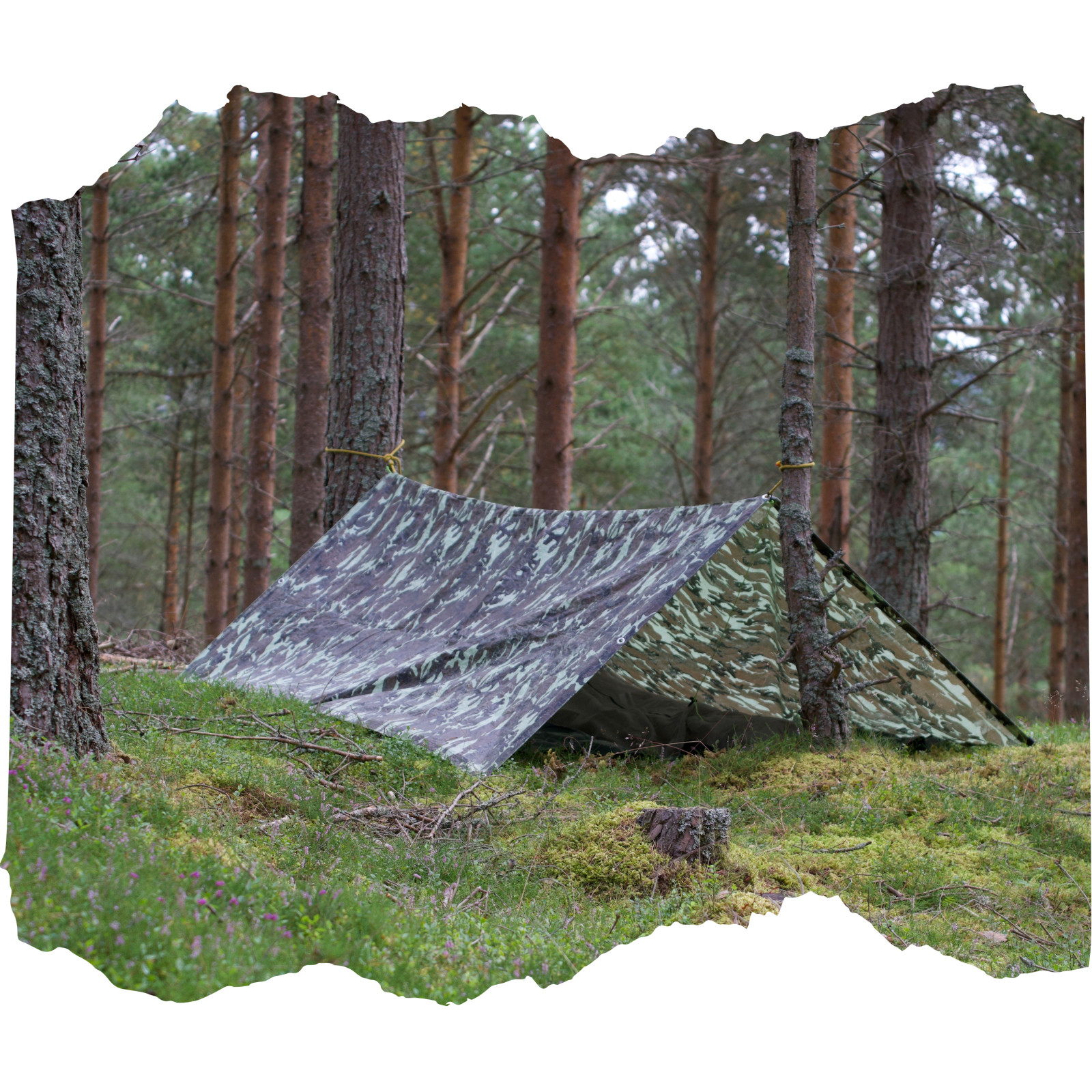
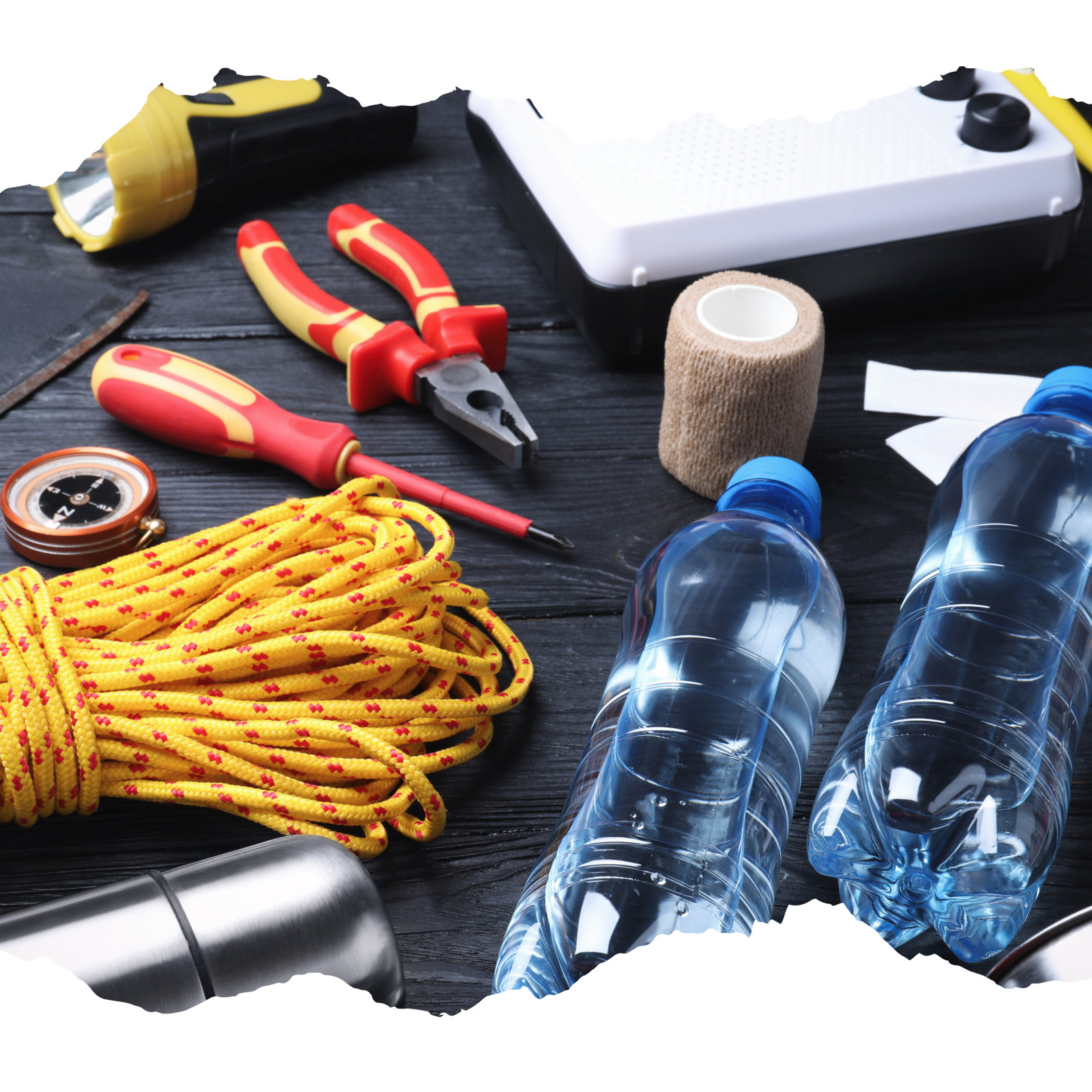

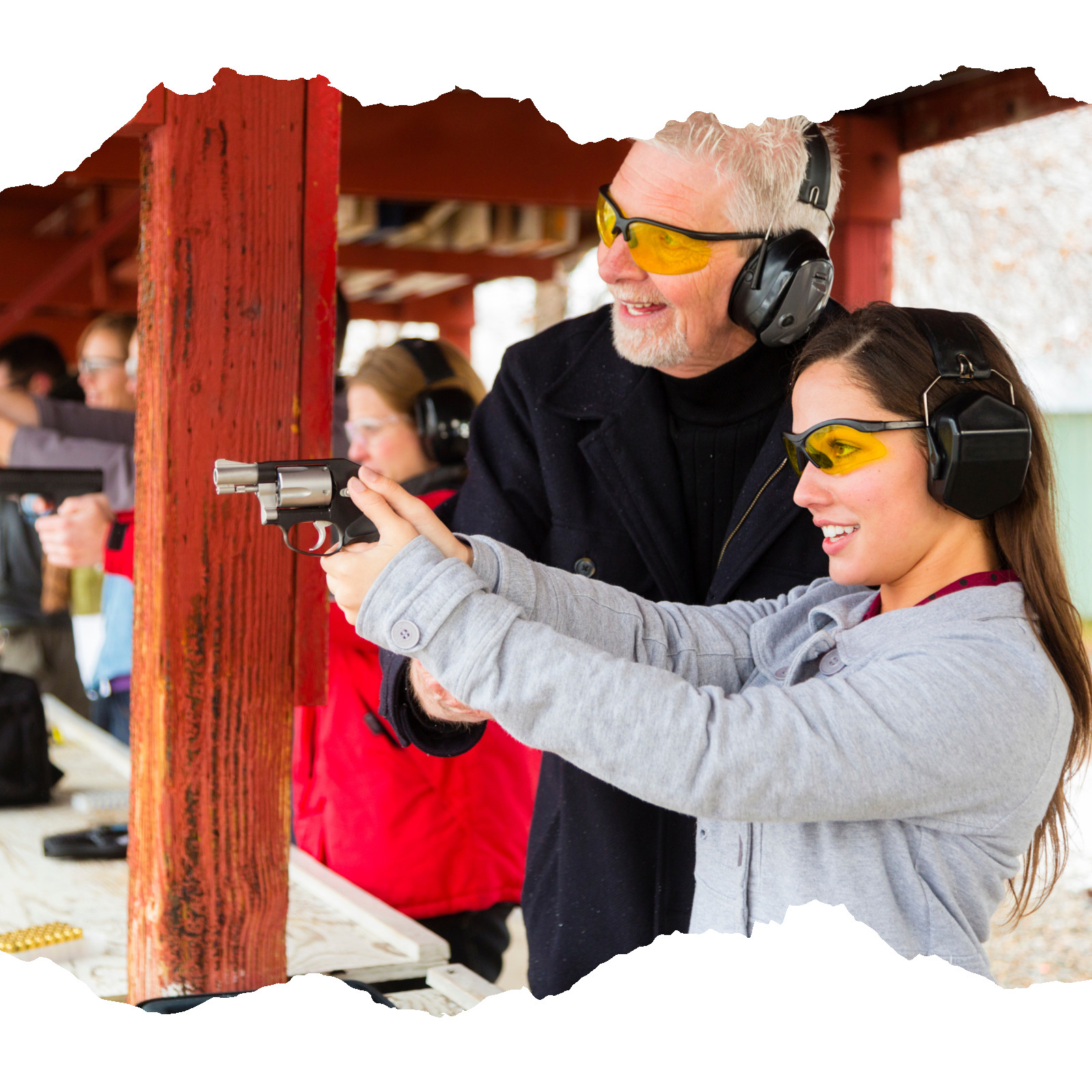



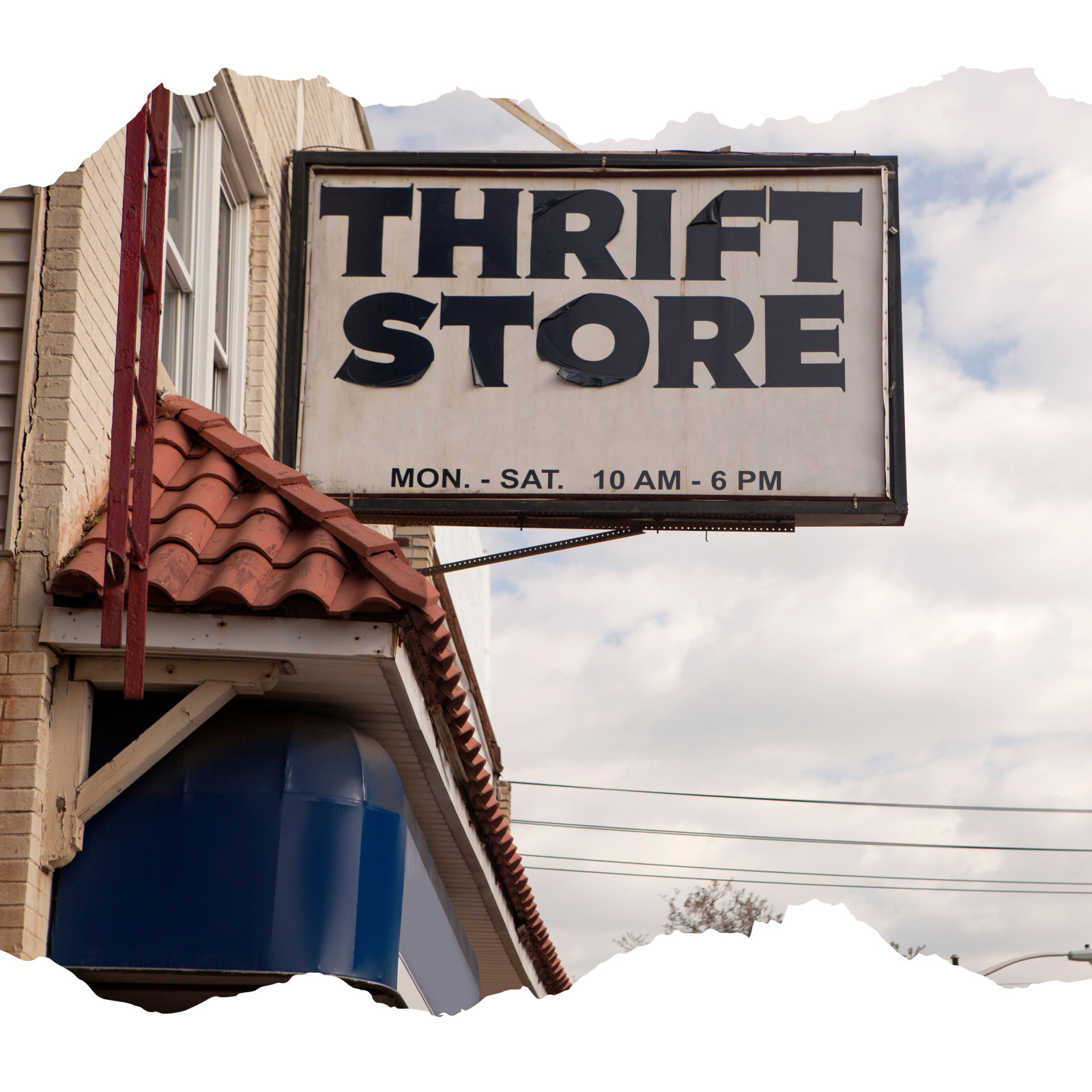

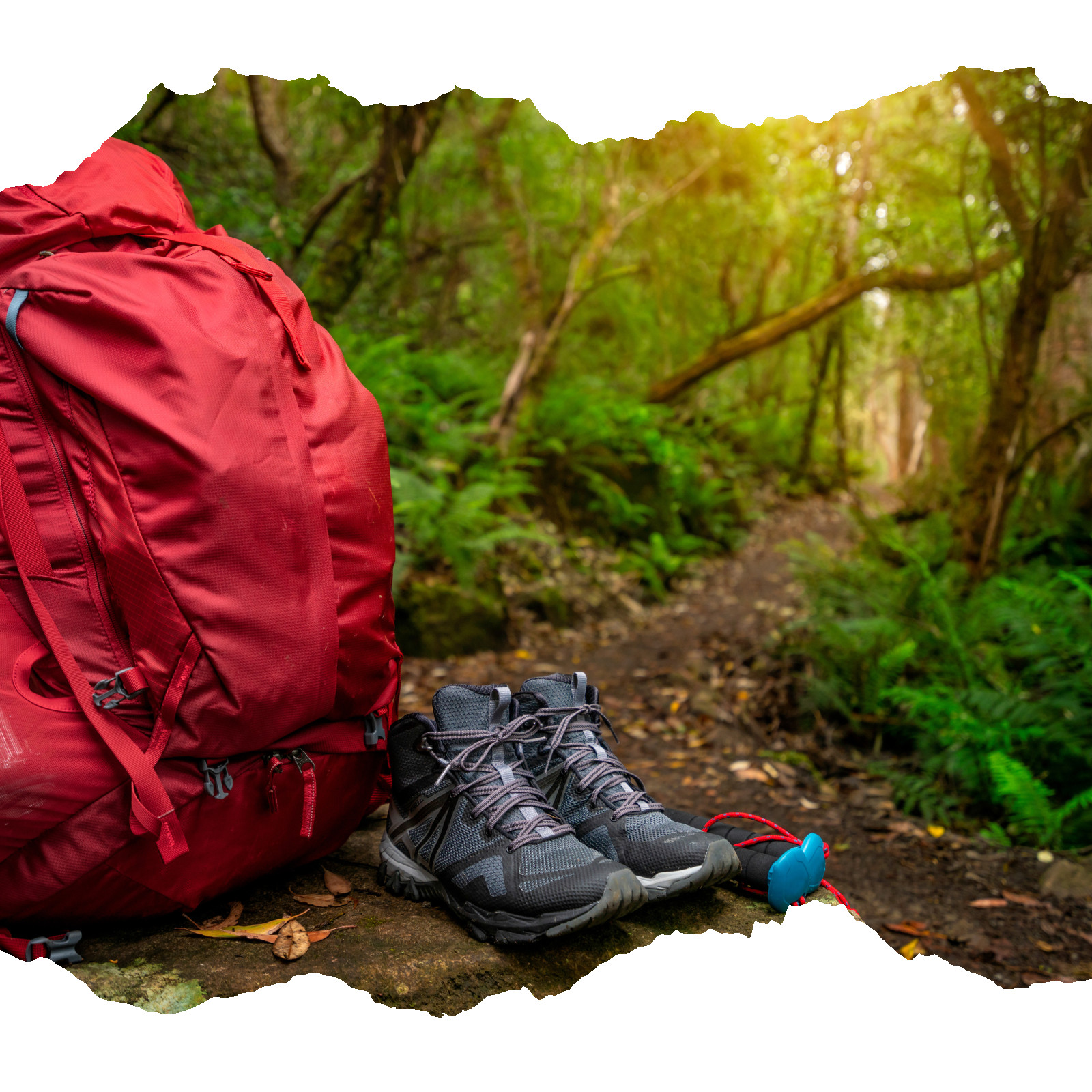




0 Comments